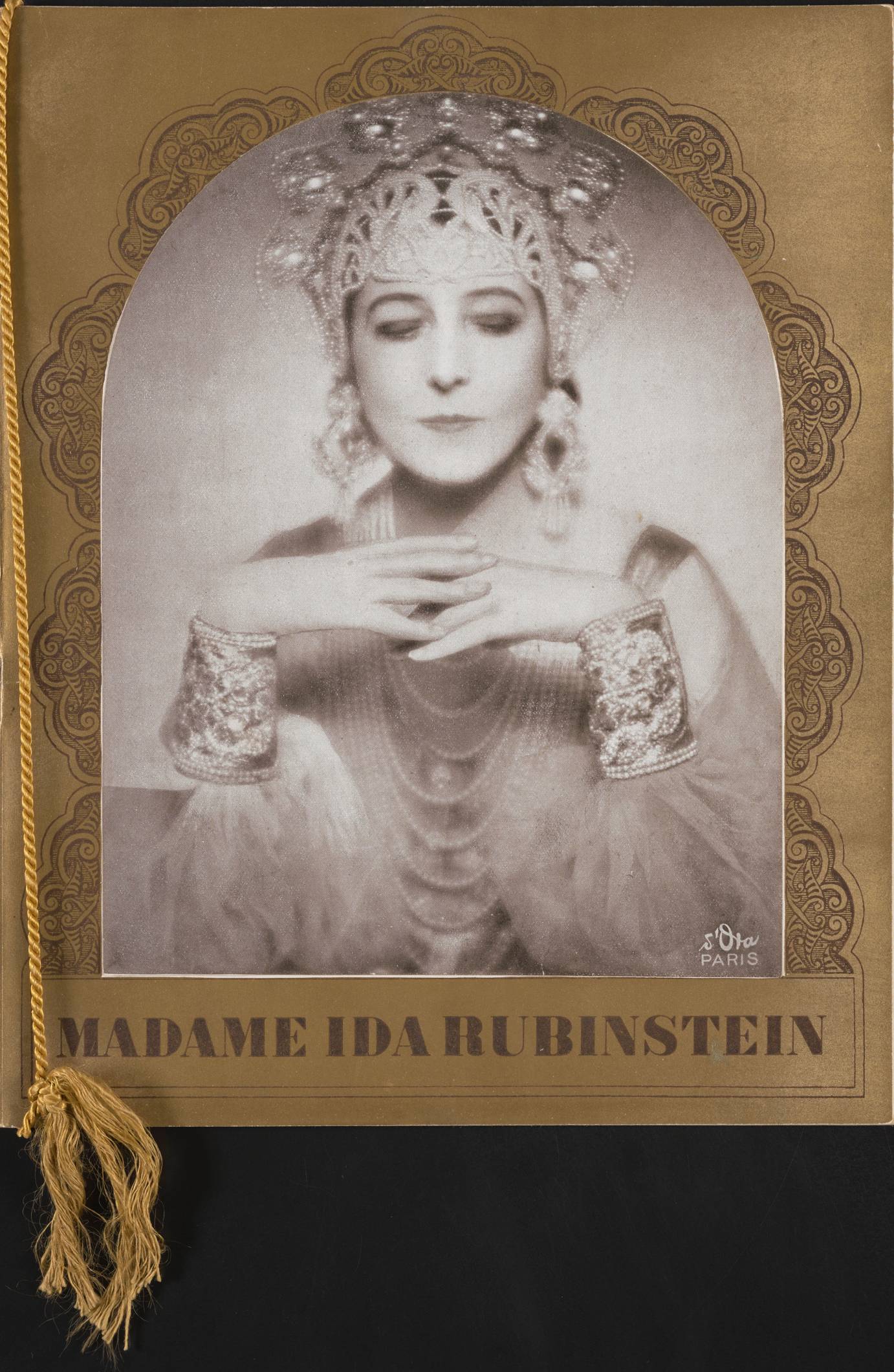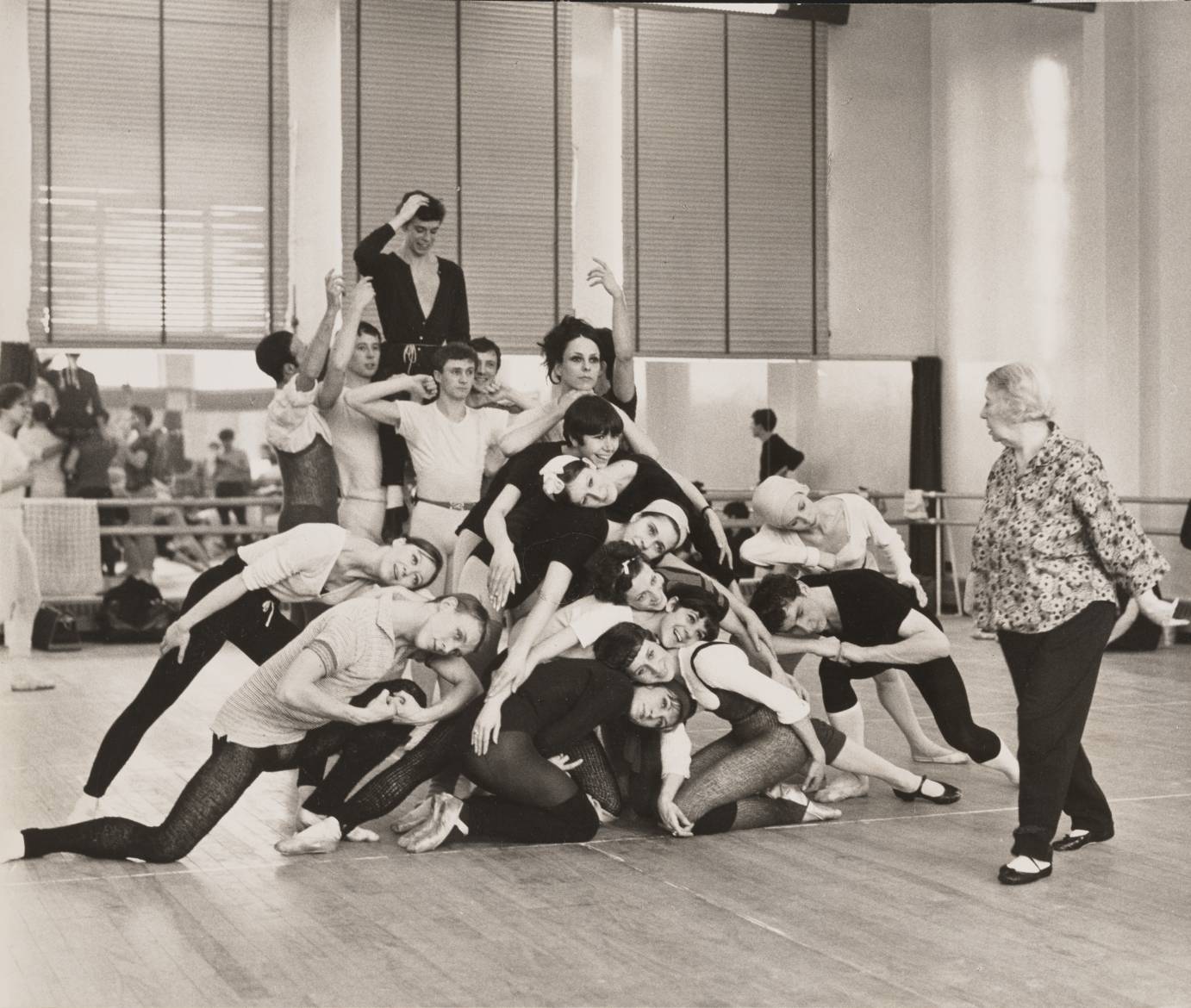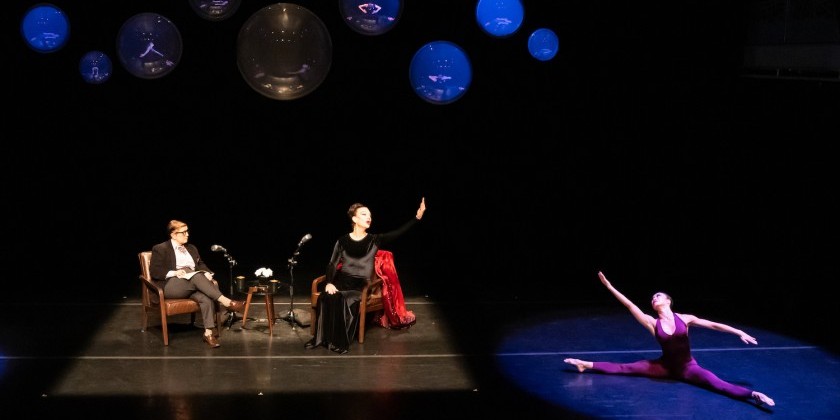DAY IN THE LIFE OF DANCE: "Crafting The Ballet Russes" at the Morgan Library & Museum (Part 1)

“Crafting the Ballets Russes”: The Robert Owen Lehman Collection
Organizer: Robinson McClellan, Associate Curator of Music Manuscripts and Printed Music
Exhibition Dates: June 28 - September 22, 2024
"Ces nymphes, je les veux perpétuer."
— Mallarmé
During an afternoon visit to The Morgan Library & Museum, the art lover may fall into a reverie contemplating objects glimmering and luxurious. Once again, the Ballets Russes have cast their spell, this time in the exhibition Crafting the Ballets Russes, a remarkable collection of artworks, manuscripts, and memorabilia related to the phenomenal company that Russian impresario Serge Diaghilev launched in 1909. This exhibition is helping to “perpetuate” Diaghilev’s dreams.
This time, however, Diaghilev is not alone. In this innovative show, organized by curator and composer Robinson McClellan, Diaghilev shares top billing not only with the stellar collection of visual artists, choreographers, and composers whom he harnessed to create such masterpieces as Le Sacre du Printemps, but also with his fellow impresario and competitor, Ida Rubinstein.

Rubinstein, the socialite-turned-actress, first stunned Paris during the Ballets Russes’ opening season, when she emerged from a sarcophagus and dancing slaves unwrapped her boyish figure in Cléopâtre.
“There she stood… eyes vacant, cheeks pale, lips parted, shoulders hunched... too beautiful, like a too potent Oriental fragrance,” Jean Cocteau observed. Not long after, Rubinstein struck out on her own. She began producing her own theatrical vehicles, annoying Diaghilev and leaving a parallel trail of masterpieces including Boléro and Le Baiser de la Fée. Unlike Anna Pavlova, who also fled the Ballets Russes to give herself top billing, Rubenstein had the money and the sophistication to produce the kind of artistic collaborations that gave Diaghilev’s troupe its cachet.

Rubinstein’s image dominates the gallery at The Morgan in a trio of large-scale paintings. At the entrance, a portrait by Howard Gardiner Cushing shows the dancer’s slender figure in a floor-length gown scintillating with blue-enamel highlights. Standing before a jungle background, she keeps her petite mouth closed primly and her eyes coldly averted. In a theatrical portrait by Jacques-Émile Blanche, Rubenstein appears in one of her most famous roles, reclining barefoot amid the gaudy silks of Schéhérazade and wearing an expression of fatal ennui. Léon Bakst portrays her as a towering figure swathed in black. Here she evinces a childlike earnestness, her eye bright with ambition. Though this portrait conceals her body, it reveals her most intimately.

In this chronologically arranged exhibition, a special issue of Comoedia illustré featuring Le Martyre de Saint Sébastian, a work created for Rubenstein in 1911 by the dream team of Gabriele D’Annunzio, Claude Debussy, Bakst, and Michel Fokine, finds its proper place near the corner devoted to L’Après-midi d’un faune (1912). In contrast with the latter’s wordless poetry, Le Martyre encompassed spoken drama. At the end of the exhibition, works that Rubinstein commissioned for her own company in the 1920s, particularly Boléro and La Valse, supplant the more familiar ballets that Diaghilev commissioned from choreographers Léonide Massine and George Balanchine during the same decade. Rubenstein has been ignored in the past, and clearly her work deserves attention. Without Massine and Balanchine, however, it cannot be said that Crafting the Ballets Russes tells the whole story.
Music manuscripts from the remarkable collection of Robert Owen Lehman provided the impetus for Crafting the Ballets Russes, and their presence gives the exhibition another focus. Alongside photographs, costume designs, a poster design, and a portion of a backdrop for L’Oiseau de Feu, visitors will find Igor Stravinsky’s working manuscript for this ballet. Slashes in red pencil light up the score, documenting Stravinsky’s desperate attempt to accommodate the choreographer’s demands. In this collaboration with Michel Fokine, Stravinsky was still very much the junior partner; and it’s amusing to compare this score, drenched in the cold sweat of a young composer’s first big opportunity, with the nonchalant elegance of Debussy’s penmanship in his score for L’Après-midi d’un faune; and with the boxy, almost military writing of Maurice Ravel, in the manuscript score for Boléro. Though Stravinsky would soon become famous, he was not done suffering. The composer labored for years over the orchestration of Les Noces; and, in the end, the ballet’s choreographer (Nijinska) overruled his plans to present the piece as a colorful “masquerade.” In Crafting the Ballets Russes, a marvelous portrait of Stravinsky by Picasso enlarges and emphasizes the composer’s fingers, which channeled his creativity at the piano.

As if in dialog with these music manuscripts, Crafting the Ballets Russes also displays autograph letters and choreographic notations. Diaghilev’s silken script on Mir Iskusstva stationery seems to exude the charm that coaxed large sums from donors, and soothed hot-tempered collaborators when they got on each other’s nerves. Who could resist the man who produced such letters? Rubenstein, for her part, writes in an outsize hand that reveals either egotism or poor eyesight.
The dance notations underscore that art form’s disadvantage with respect to music, and the poignant struggle of choreographers to preserve their work in the absence of a standard system for recording it. While dancers have extraordinary muscle-memory, and personal experience can be indispensable, notations have been shown to reverse the erosion that takes place when ballets are handed down from artist to artist. Here we can cite both the 1989 reconstruction of L’Après-midi d’un faune by Ann Hutchinson Guest and Claudia Jeschke; and the revelatory stagings of Isabelle Fokine, who employed her grandfather’s notebooks when she collaborated with Andris Liepa to produce L’Oiseau de Feu, Petrouchka, and Schéhérazade for the Kirov Ballet in 1994.

Bronislava Nijinska, like her brother, notated some of her works after her own fashion, and it is thanks to these notations that, after her death, the Oakland Ballet was able to revive Boléro in 1995. The tragedy of the Ballets Russes is that dazzling stage designs and brilliant music are only fragments of the total works of art which Diaghilev coaxed into being. Each was a true Gesamtkunstwerk; and because these ballets combined the geniuses of multiple artists, they seem superhuman. Yet they exist only in performance, when all their parts coalesce magically. Without surviving choreography, the majority are irrecoverable.
Still, their fragments astonish us; and although a scholarly catalog accompanies the Morgan exhibition, there is more to say about them...













